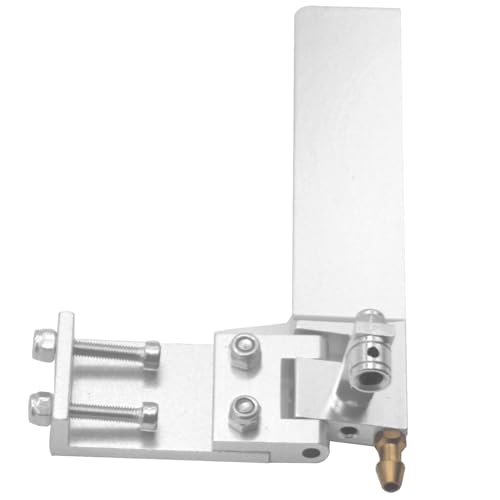We've done a lot of SAW rigger testing. As was mentioned, air DRAG is not significant. Air LIFT is very important. Too much is as bad as too little. Our SAW sport hydro used spoilers to destroy the lift and increase the speed from 75 to over 100 mph.
Stability is also critical. I've seen a lot of SAW boat crashes in boats where stability was marginal. We have succeeded in getting everything out of the water except the lower blade of the prop and the rudder at speed while still maintaining stability. Joerg's 140 mph boat manages to get nearly all the water rudder out of the water as well. He has air rudders for directional stability at speed.
Currently, props are a limiting factor. In all but 3.5 size boats, the standard props don't have enough base pitch to push the boats much faster. This is due to the maximum rpm the engines can run. This limit is really noticeable in gas hydros. A gear up drive is being tried as a way around this. However, the speed break through to over 100 mph in NAMBA G class boats has come from new propellers.
Lohring Miller



































